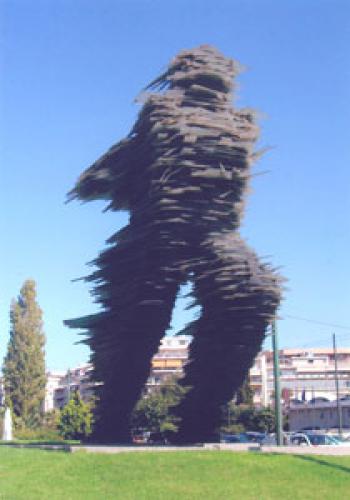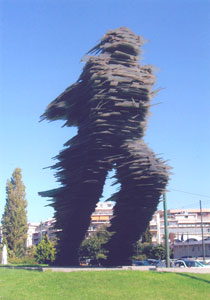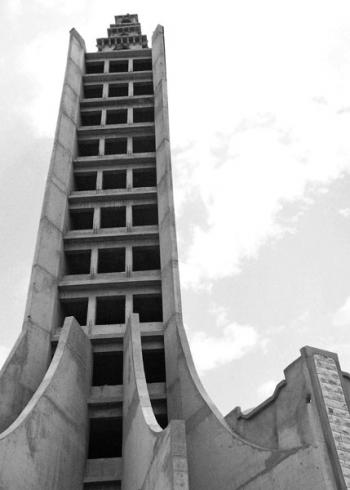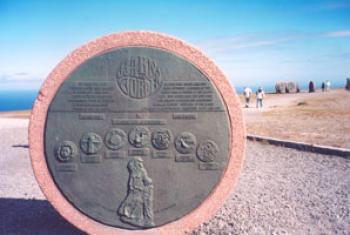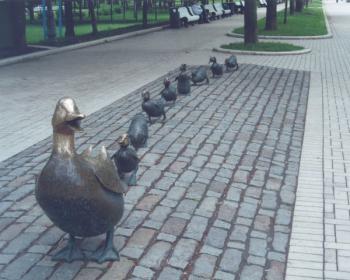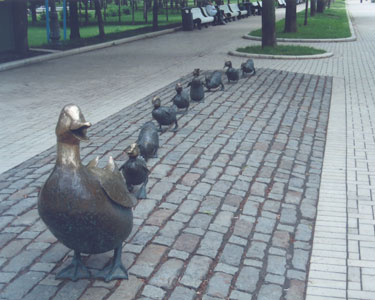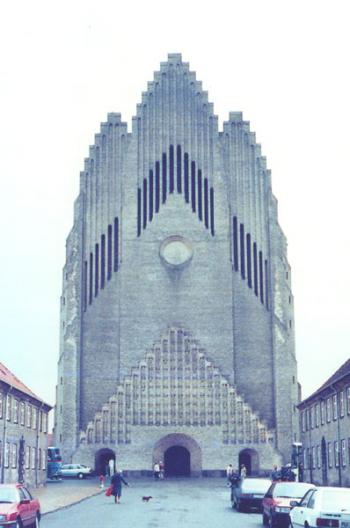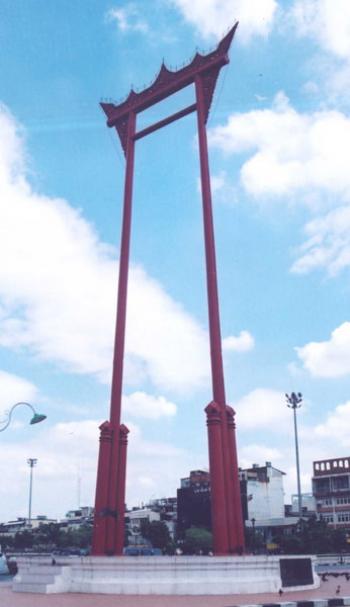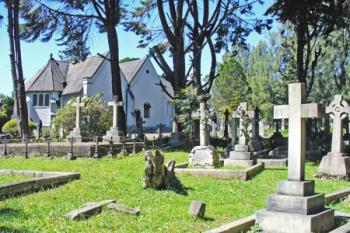
Holy Trinity Church and its graveyard, Nuwara Eliya, Sri Lanka
December 1969 Issue
Holy Trinity Church and its graveyard, Nuwara Eliya, Sri Lanka
The sun never sets on the (former) British Empire. March’s photo depicts the very Anglican-looking Holy Trinity Church and its graveyard, located in Nuwara Eliya, Sri Lanka.
Although Sri Lanka achieved its independence in 1948, there remain many hints of its colonial past, such as this church, built in 1899 by tea growers. The gravestones bear the English names of the plantation owners and their families.
Four excellent guesses were sent in, but no correct answers were received by the deadline. DAVID PATTEN of Saint Petersburg, Florida, who sent us the photo, wins the prize for stumping the readers.


